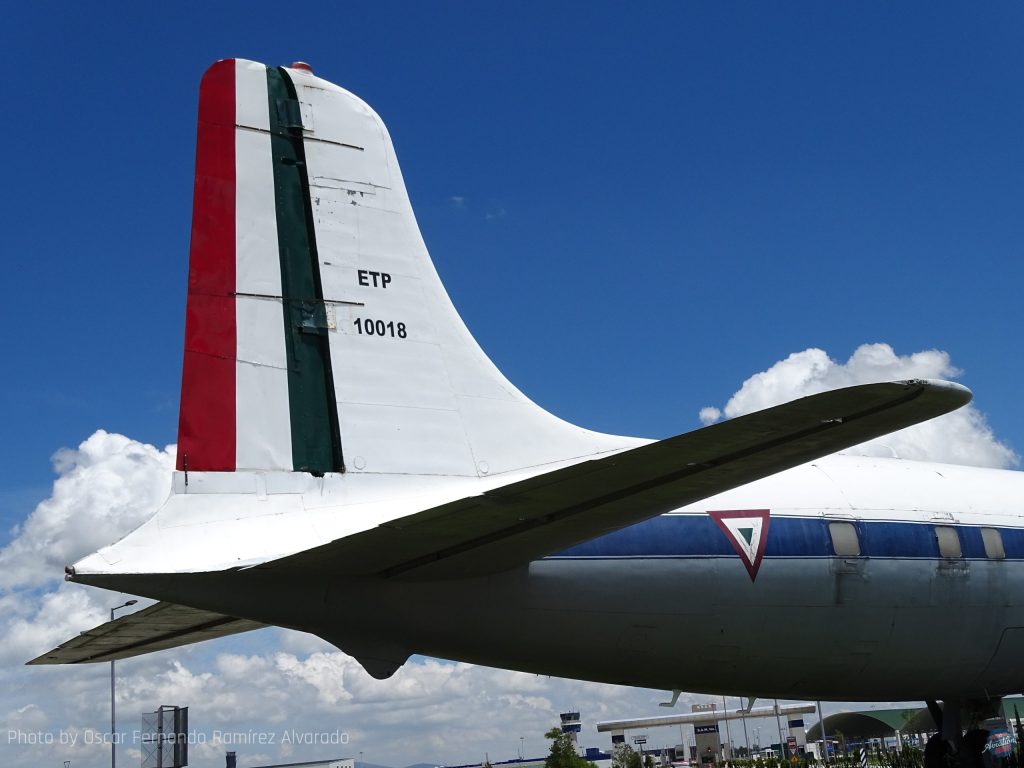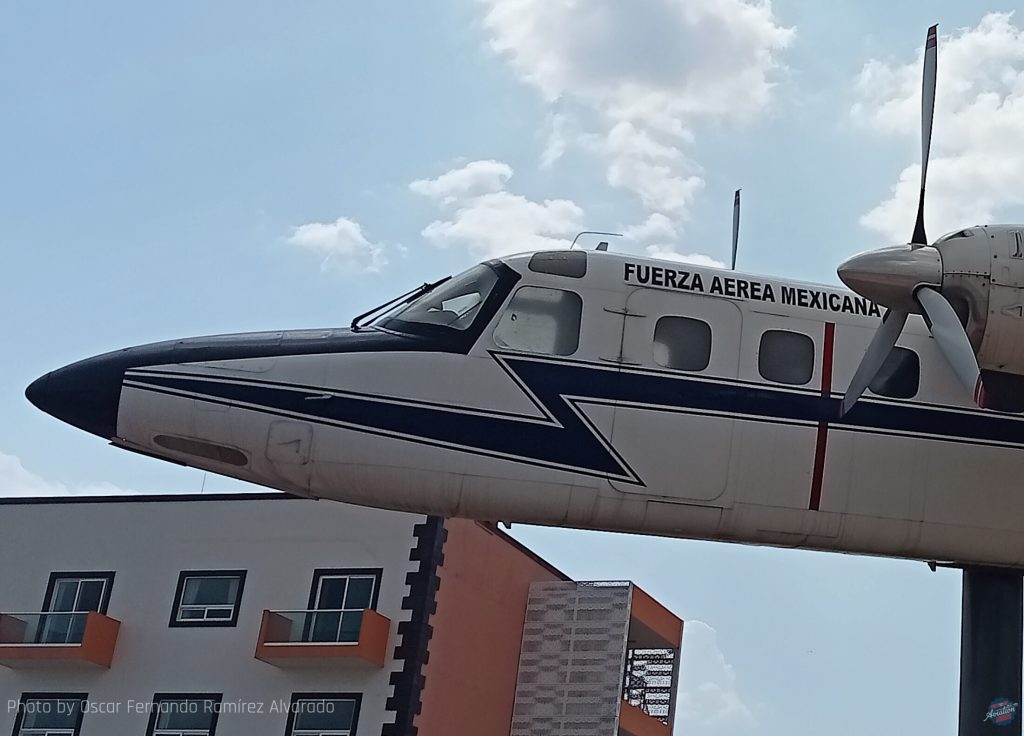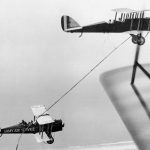
Mexico was not one of the first countries to achieve mechanical flight, however, we can proudly say that it also had its share in aviation history. One of the first antecedents of the interest of the ancient Aztecs in flying took place during the reign of Netzahualcóyotl (1402-1472), when he ordered the construction of a kind of glider made of wood and skin in the shape of a vampire and in which tests were apparently carried out from different heights. Likewise, Mexico was one of the first Latin American countries to achieve major local advances in the field, achieving several “firsts in the world” and some records worth mentioning. Like Mexican President Francisco I. Madero becoming the first sitting head of state to fly in an airplane on November 30, 1911. Also the establishment of the TNCA (Talleres Nacionales de Construcciones Aeronáuticas) in November 1915, made it possible for Mexican airplanes, engines, and propellers to be mass-produced.

As for civil aviation, its history has also been great and rich. The implementation of an Aviation Museum in Mexico has proven to be a very complicated undertaking: From the military point of view, preparations were made from very early on (1916) to achieve this until, on January 2, 1933, it was finally consolidated and solemnly inaugurated on November 15 of that same year. The then head of the Ministry of War and Navy, Major General Pablo Quiroga made the declaration and both he and the main assistants signed the respective act: The designated name was Military Aviation Museum, while in front of the enclosure that would house it in the Balbuena airfield, was the name Aeronautics Museum.

In 1939, the enclosure was changed and it ended up in the Temple of Montserrat in Mexico City, which was literally in ruins. Sheltering airplanes was simply impossible, due to lack of space. Despite the difficulties, the members of the FAM managed to dignify the facilities and to grow the collection. Various other dates marked changes of location for the museum, yet it did not really have a home of its own.
During all this, many military personnel have put their efforts and their dreams into trying to rescue pieces of historical value to preserve them and leave them as a legacy to future generations. Multiple factors contributed to its not developing properly, and it was not until after the 1980s that real coordinated efforts began to be made, which despite the good disposition, have led to few results.
In 2010, the 200th anniversary of Mexico’s independence was celebrated, and for this reason, the government prepared a series of festivities. Coinciding with this great event, aviation in Mexico was celebrating its 100th anniversary and military aviation had its 95th anniversary, so some prominent members of the Air Force promoted the installation of the then-called “Temporary Aviation Museum,” which was authorized and installed in a hangar of an operational air unit, the government was in urgent need of unifying the perception of force among the civilian population. As a temporary museum, it was opened on February 10, 2010 and was located at Air Base No. 1, in Santa Lucía, State of Mexico. By order of the National Defense Secretariat, it was attempted to close three times, however, when the high command was presented with the surprising number of visitors (as of September 2024, there have already been 1,400,000 visitors, much more than all the military museums together in their history) and after fighting three bureaucratic battles, the Air Force finally managed to have it entered into the national museum system, where it was given legal certainty to be preserved.

The Mexico City International Airport is located within the city, and since simultaneous approaches are not possible, it became obsolete many years ago. Very sensitive political issues prevented another airport from being built, until President Andrés Manuel López Obrador, overcoming many problems, ordered that it be built at Military Air Base Number 1 (40 kilometers from the city); In order to achieve significant savings the Mexican Army was ordered to take charge of its construction, and this important task was entrusted to Brigadier General D.E.M Engineer Gustavo Ricardo Vallejo Suárez.
The great work began operations on March 21, 2022, and subsequently three museums were inaugurated, the Mammoth Museum (since large quantities of remains of these imposing giants were found); the Museum of Wagons and Cultural Train, and the Military Aviation Museum. The latter, which was specially inaugurated on February 10, 2022, is a very modern building that has 12 exhibition rooms and 24 galleries. 15 aircraft are exhibited within the premises and in total there are more than 50 aircraft so far.

The oldest aircraft available are an original Parasol Series H from 1917, a reproduction biplane Series C from 1919, and an original fuselage of a Sesquiplane Azcárate OE-1 from 1928. Other aircraft of great importance to Mexican aviation on display are the North American AT-6, Republic P-47D, Thinderbolt, a recovered North American B-25J, North American T-28 A, Pilatus PC-7, IAI Arava, North American T-33 A, and a Northrop F-5E. Visiting the museum entrance tourist corridor is a unique experience, since in each of the roundabouts and in other areas, airplanes are displayed either in flight position or on the ground, some of them are the Douglas DC-6, Pilatus PC-7, and the North American T-33 A.
In the first days of October 2024, the pleasant news was given that the Felipe Ángeles International Airport, AIFA (as it was designated) obtained the prestigious Prix Versailles, Versailles Prize, a world award for architecture and design.


















































